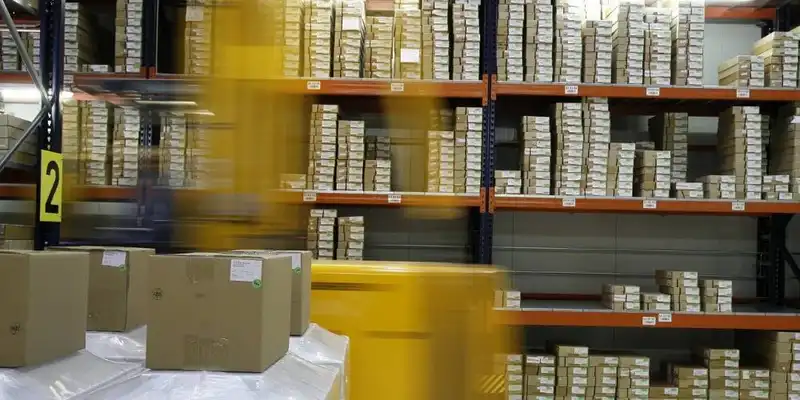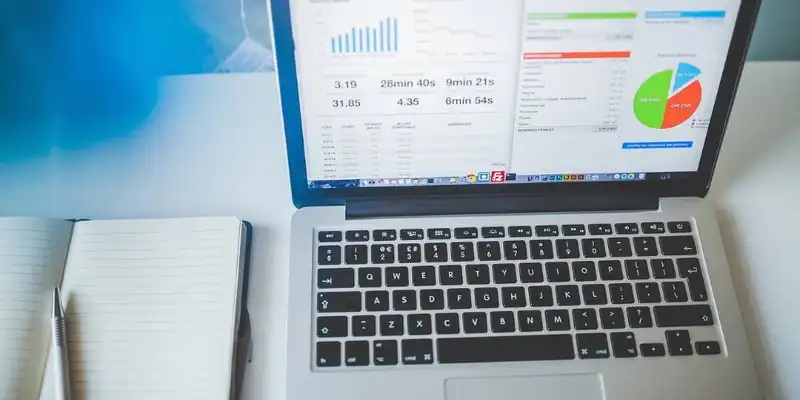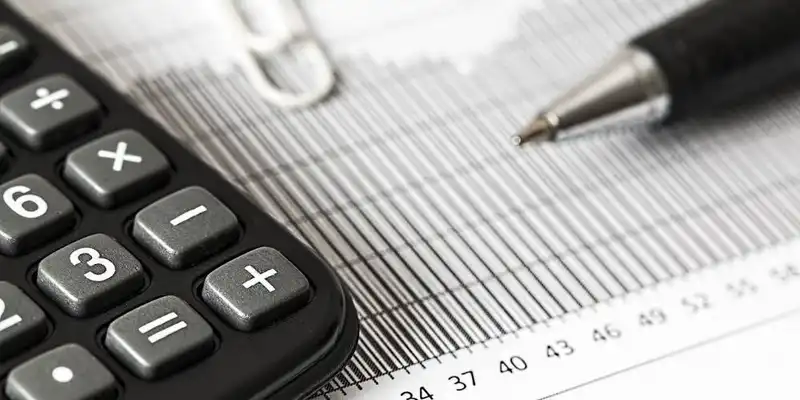How to Conduct a Spend Analysis to Reduce Procurement Costs
Spend analysis is a comprehensive and vital part of procurement cost reduction and budget control. Companies that handle physical inventory of any kind need to understand their spending patterns within the procurement process.
Collecting all of the spend data from purchasing systems and sources, categorizing and cleansing this information, and analyzing it for trend insight usually requires a procurement manager or professional when done manually. Today, there are automated procurement solutions available to display all reporting information and spending patterns in a comprehensive format.
However, even companies without these tools should invest resources into regular spend analyses as key benefits of this practice include full transparency of expenses, identification of cost-saving opportunities, risk management in the supply chain, and streamlined procurement processes.
What is a Spend Analysis?

Procurement spend analysis is the process of collecting, organizing, and analyzing spend data with the purpose of decreasing costs, enhancing efficiency, and strengthening supplier relationships.
Data collected from spend analyses will improve visibility into a company's spending habits and help to create benchmarks to further improve performance, vendor compliance, and procurement cost savings.
This quantifiable information provides a great baseline for companies to utilize for the purpose of measuring improvements over time, as well as providing accurate data to make informed decisions during the inventory procurement process.
The actual spend analysis process involves gathering data from the purchase history to assess the following aspects of a company's expenditures-
- What is being bought
- Who it is being bought from
- Who the purchaser is
- How often it is being purchased
- When the item was bought
- Amount paid
- Accuracy of what was agreed upon in the purchase order
- Location of delivered items
- Comparison of sales data to previous years
- General ledger information
- Shared data from suppliers
- Past purchase orders
- Enterprise resource planning tools (ERP tools)
- Other internal sources
Business Expenses Explained

A company will have different types of business expenses. These are defined as either direct or indirect spending.
Direct procurement spend relates to the cost of goods and services that are associated directly with creating products. Raw materials, hardware for manufacturing, and other production services all come under direct spending.
Indirect spend, on the other hand, is the sourcing of goods and services that don't relate to the manufacturing process directly. However, they do play a key role in assisting with operational maintenance and development of business functions.
Examples of indirect procurement spend include repair and maintenance, hardware and software, HR services, utility expenses, marketing costs, other professional services (such as consultants), and more.
How to Conduct Spend Analysis - 6 Steps

While different industries, companies, and their procurement teams may need to take slightly different approaches than the steps mentioned, these 6 key steps provide a skeleton for spend analysis in any industry.
1. Data Source Identification
Segment the expenses into different groups and then examine the data sources that are available from each department in the company (as well as other business units involved in operations). The data sourcing strategy here is to identify areas of the company's operations that make any kind of purchase (like finance, marketing, and procurement).
2. Extract the Data
Data would usually be in different formats when extracted from different places. Companies may need to source data from different currencies, languages, or units, so using procurement analysis software that has the power to automatically compile data is advantageous.
3. Cleanse the Data
Identify inaccuracies to remove any corrupt records or redundancies that are found in a set of data. Businesses should search for and eliminate errors and discrepancies in transactions and their descriptions to create an accurate read on their company information. This also helps to find any contacts in the database that are irrelevant or incomplete. During this stage, typos can be fixed, missing codes validated, and information is updated to have real-time accuracy.
4. Enrich the Data
This is the process of improving and refining raw spending data. Standardizing the information into one format or unit of measurement is also done in this stage so the data is easier to analyze.
This step may also reveal datasets that contain missing fields, misspellings, or incorrectly coded fields. This process of enriching the data includes the actions of making sure line-level names, details, and headers are all accurate to a set standard for labeling.
5. Classify
For a more accurate and easy-to-manage supplier database, group all suppliers together according to their respective purchases. Also, classify the data into groups based on union, like office supplier' or software'. This helps to identify where the business is spending money.
Classification is essentially about creating a single taxonomy for purchasing transactions, which gives the procurement department more visibility of business spending to make effective decisions on sourcing.
6. Analyze
Now comes analyzing. This is where opportunities for long term savings and improvements are found from the spend analytics. Companies can examine whether they could make better supplier negotiations or identify duplicates and redundant spending to make more strategic decisions based on streamlining expenses. Businesses can start by aiming to reduce the number of suppliers in each category and negotiate the best rates where needed.
Spend Analysis is Worth the Effort

Conducting spend analysis is one way for a company to enjoy potential savings. It will enhance supplier management, enable more accuracy and transparency in the procurement process, and point to actionable insights to shift spending patterns.
For a company to be more cost-efficient in its processes, closely examining how money is spent is vital. This involves far more than just reading through receipts - there is a systematic and intricate way of interpreting data for spend analysis. To simplify this process and ease the burden on management staff members, businesses can utilize automated inventory ordering software to track spending habits perpetually and digitally.






